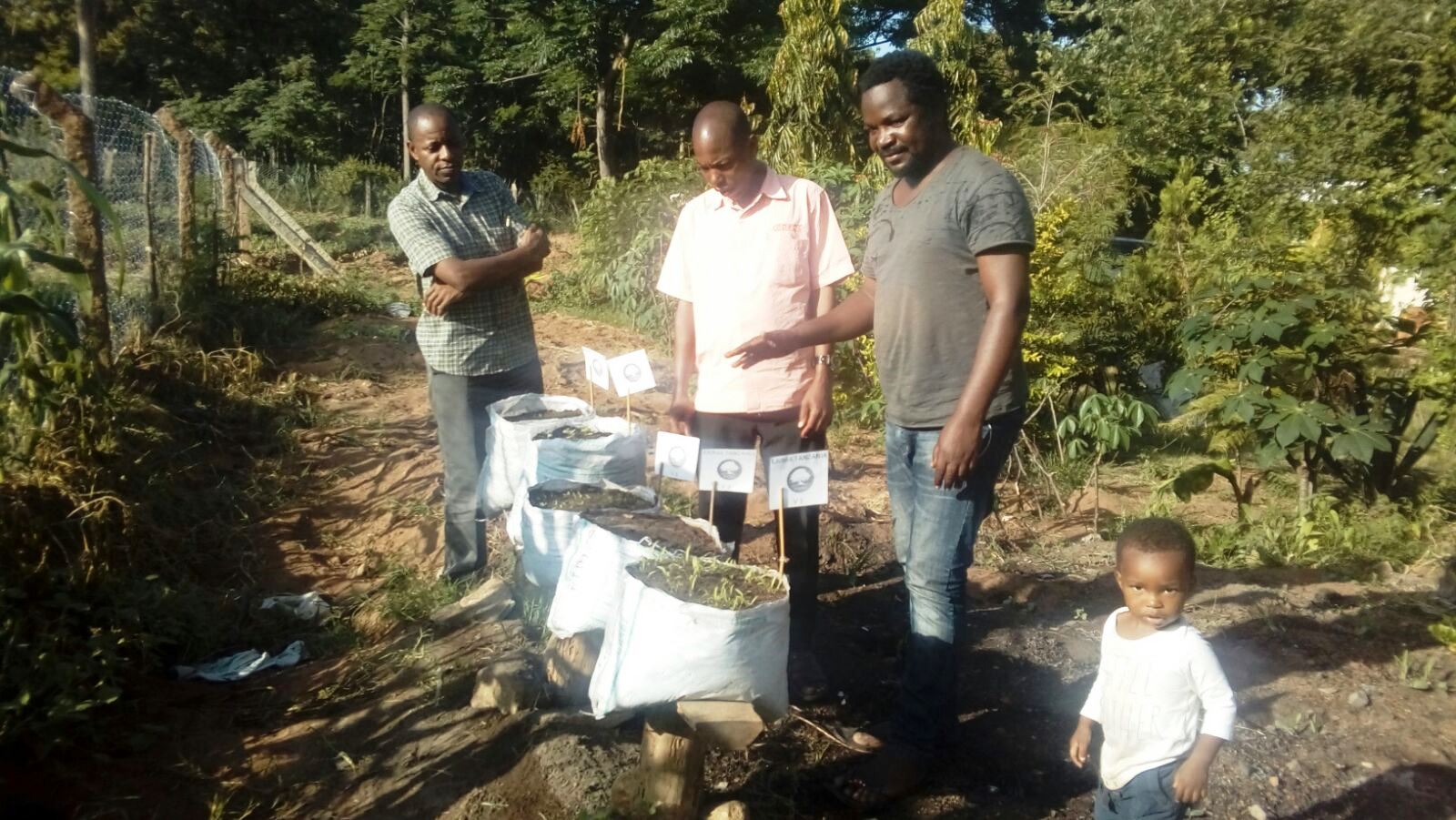By Gerald Mcdermott - May 28, 2018
Originally appeared here in the Jerusalem Post
In 2009 my photographer son and I walked across the Galilee, staying with Jews some nights and Arabs other nights. We were doing a photo essay for Christianity Today on what residents of the land of Jesus think about him today.
More than a few times Arab Christians pulled us aside, whispered to us not to write their names, and told us the same thing: “The media would make you think that the Israeli government is our biggest enemy. But that’s not true. Our real enemies are our Muslim cousins. They want to get rid of us Christians.”
Indeed, one lesson I learned from journey is to be wary of what the media tell us about Israel.
I wish Rich Mouw knew about some of this. Rich is a distinguished scholar and president emeritus of Fuller Seminary. He is a friend and ally on many issues, but I am afraid that his recent screed against Israel over the violence in Gaza was uninformed and, as a result, unfair. While desiring to help defend Palestinians, he perpetuates a false narrative that only hurts Palestinians.
President Mouw decries the way that some Evangelicals use Genesis 12:3 (“I will bless those who bless you and him who dishonors you I will curse”) to accept uncritically any and every action or policy of the Israeli government. I agree with Rich on that, and so do most Israelis I know. Unlike Palestinians living under the Palestinian Authority and Hamas in Gaza, Jewish Israelis freely criticize their government in public and the media. So do the two million Arab citizens of Israel, whose Arab representatives in the Knesset regularly criticize Netanyahu’s government. Their Palestinian cousins who live in the West Bank and in Gaza don’t dare criticize their Palestinian governments for fear of torture and worse for themselves and their families.
President Mouw says it is “shameful” to celebrate the American embassy moving to Jerusalem while the Israeli military is “killing dozens of Palestinian protestors against Israeli policies.”
When I read these words written by President Mouw, I can only imagine that he is unaware of several critically important facts.
For example, he must not know that more than 80% of the killed protesters were Hamas soldiers. This was admitted publicly in a television interview by a senior Hamas official.
He must not know that these soldiers, who were told to dress in civilian clothes because of the presence of media cameras, were on their way to kill Jews. According to Palestinan journalist Bassam Tawil, this was no peaceful protest. They and the rest of the demonstrators were chanting, “Death to Israel!” and “Death to America!” They had machine guns, firebombs, airborne improvised explosive devices and grenades. One of their leaders, Yahya Sinwar, shouted to the media, “We will take down the border [with Israel] and we will tear their hearts from their bodies.” Hamas had posted maps for their soldiers showing the quickest routes from the border to Israeli homes, schools and day-care centers. Read More





















